
From the lightbulb to the airplane, to the computer - these are all ground-breaking inventions that demonstrate humankind’s desire to improve, and few industries have made as big of an impact as the life sciences. In 2018, the FDA approved a record number of novel drugs, and robust clinical trial technologies are a driving force behind getting treatments to market faster.
Life science organizations are rapidly adopting cloud-based software to improve clinical trial management processes. Benefits such as increased quality of data, improved compliance with regulations and ease of collaboration are too significant to ignore. The growth of a specific software category is born out of an increase in adoption and an ever-changing landscape. Over the next five years, we’ll see the use of clinically-focused technology soar, with Electronic Trial Master File (eTMF) systems becoming a staple in life science organizations across the globe.
While it’s easy to make blanket statements about potential growth and adoption in an industry that has historically been slow to change, we thought we might address some of the critical factors that will fuel that growth and some of the primary catalysts for faster change. In the following article, we’ll touch the proverbial crystal ball and attempt to lay out some of our predictions for the future of Trial Master Files and eTMF solutions.
1. The rise of automatic document QC
Frustrations surrounding document QC can be heard at conference round tables across the world, with many clinical teams still struggling with the ongoing burden of ensuring quality in TMF content. Years ago, organizations were hesitant and unsure about what inspectors expected and required from an eTMF system, a cloud-based collection of essential documents used by sponsors and CROs for trial management. Today, eTMFs are regarded by authorities as fundamentally equivalent to paper-based TMFs.
We have recently seen a dramatic rise in the pace of new compliance updates from regulatory authorities and standards organizations. Last year, the European Medicines Agency (EMA) published new guidelines on content and essential documents, management, and archiving of the TMF. With this wealth of new information coming in, it is becoming more complex to remain compliant and responsive to the evolving needs of inspectors. To add to regulators’ increased scrutiny and focus on data integrity, clinical teams are now much more global and are in diverse regulatory jurisdictions. Often even the slightest changes in terms used, procedures and processes followed can result in inspection findings.
With these complications in mind, we anticipate that modern eTMF systems will be able to perform automated Quality Checks (QC). Auto QC can eliminate manual QC findings, alert for low performing studies and sites, prepare content within a much shorter time frame, and predict inspection outcome – all to comply with varying regulatory requirements. The system would have forced standards to satisfy metrics and definitions and reject poor quality documents from being filed that would not pass inspection.
What’s more, is that a risk-based approach to TMF management, seen as a significant advantage to regulatory inspectors, has justified the development of advanced technologies that enable risk management. In due time, these technologies could produce predictive findings in eTMFs before an inspection. Mind = Blown.
2. More than “just a repository” with better business intelligence & analytics
Already, an eTMF system promotes an active culture of TMF management, where data filed contemporaneously can be contributed to in real-time to reflect current study activities. With that, there is a need to improve ongoing and predictive reporting to determine areas of weakness and provide strategic insights.
As Tom Freston, American business magnate, once said, “Innovation is taking two things that already exist and putting them together in a new way." Soon, we’ll see that emerging technologies combined with eTMF software can support the transition from retrospective reporting to prognostic analytics, transforming the eTMF from just a traditional repository of documents to an insightful tool (Click to Tweet).
A hot topic these days is how artificial intelligence (AI) could play a role in this strategic reporting for risk management to detect potential room for error. AI has the potential to use historical and current information to predict our eTMF quality issues before they even happen, capturing gaps in data to mitigate inconsistencies and direct resources to areas known to have medium to high-risk in the eTMF for improved compliance.
No technology is a be-all, end-all solution – yet emerging eTMF improvements will together bring about higher-value resource contributions to better analyze data quality and accuracy, and provide insights as to compliance and risk.
3. Moving towards an integrative future
Now more than ever before, research activities are outsourced, meaning the demand for integrated systems to enable better collaboration is on the rise. Systems are generally disconnected that may hold TMF study content outside of the eTMF (e.g. within external email servers), leading to inconsistent and inaccurate versions amongst internal and external teams. This lack of capturing correspondence between a myriad of organizations often generates data management challenges and falls short when it comes to portraying the entire TMF storyline.
Sponsors and CRO partners have expressed a need for tools to better visualize the evolution of Key Performance Indicators (KPIs) throughout the trial. With regards to an eTMF, KPIs can represent Individual and Vendor Performance, TMF Timeliness, QC Completeness, and the Total Number of QC Findings. For now, completion reporting is generally reduced to an estimation. While many organizations have KPIs in place, users need evident TMF completeness metrics for a clearer idea of their level of inspection-readiness, which refers to a level of operation that is ready for inspection with minimal preparation.
Over time, eTMF vendors will introduce a range of more advanced data visualization and activity-based reporting tools for telling the entire TMF story with data. With integrated reporting, researchers will be able to draw relationships between points of data to facilitate strategic decision-making based on study-wide progress. In the next five years, we will see more intuitive navigation and process mapping of activities within and between systems that contribute to the TMF. This form of integrated document management will make it easier to provide the complete single source of truth, at the source, to inspectors.
4. An all-encompassing solution on the horizon
The re-inventing of the eClinical solutions wheel will give way once the life sciences industry develops an integrated platform that works fluently across all differing systems. Clinical teams often find themselves moving between locations where TMF content is created, edited, reviewed, and stored. More eTMF users want to see an advanced solution where they can store, structure and view their data in a single interface to complete all trial tasks in one system.
But today, no standalone technology is the answer to our clinical content management needs – even platforms that claim a unified approach to clinical date but fall quite far short when in practice. We could get close to one in the next five years when software development teams will have designed a comprehensive visualization layer that incorporates underlying repositories to present holistic eTMF content. This layer would improve TMF exchange between technological systems for optimized efficiency, reduced transcribing of data, and improved timeliness of content collection.
However, the industry needs a centralized eTMF system that moves towards the actual integration between the eTMF and other external CTMS and site systems hosting TMF content for improved operational efficiency. This pioneering innovation may be the answer to eTMF late-adopters’ concerns and challenges.
Key takeaways
There is yet to be a one-size-fits-all eTMF system, and so eTMF systems must bring features to the table that keep up with the diversified needs of clinical teams and an ever-increasing data volume. In the next five years, what stands out is the strong potential for eTMFs to address study complexity, improve predictive analysis, as well as cope with an increase in guidance and expectations from global regulators.
Better solutions are on the horizon that will help mitigate risks across all systems housing TMF content, on top of capturing and spreading clinical data to the teams that need it. In many ways, the future we’ve discussed is already here. Montriumers keep a culture of creativity and innovation and frequently speak with clinical teams and customers who are seeing these changes first-hand to take action and consistently deliver value in our eTMF application, eTMF Connect.
Tamara Mitchell
Tamara is a Content Marketing Specialist on Montrium's Marketing team. She is passionate about useful and digestible writing on all things life science, enjoys reading your comments and likes to think she has the gift for gab.






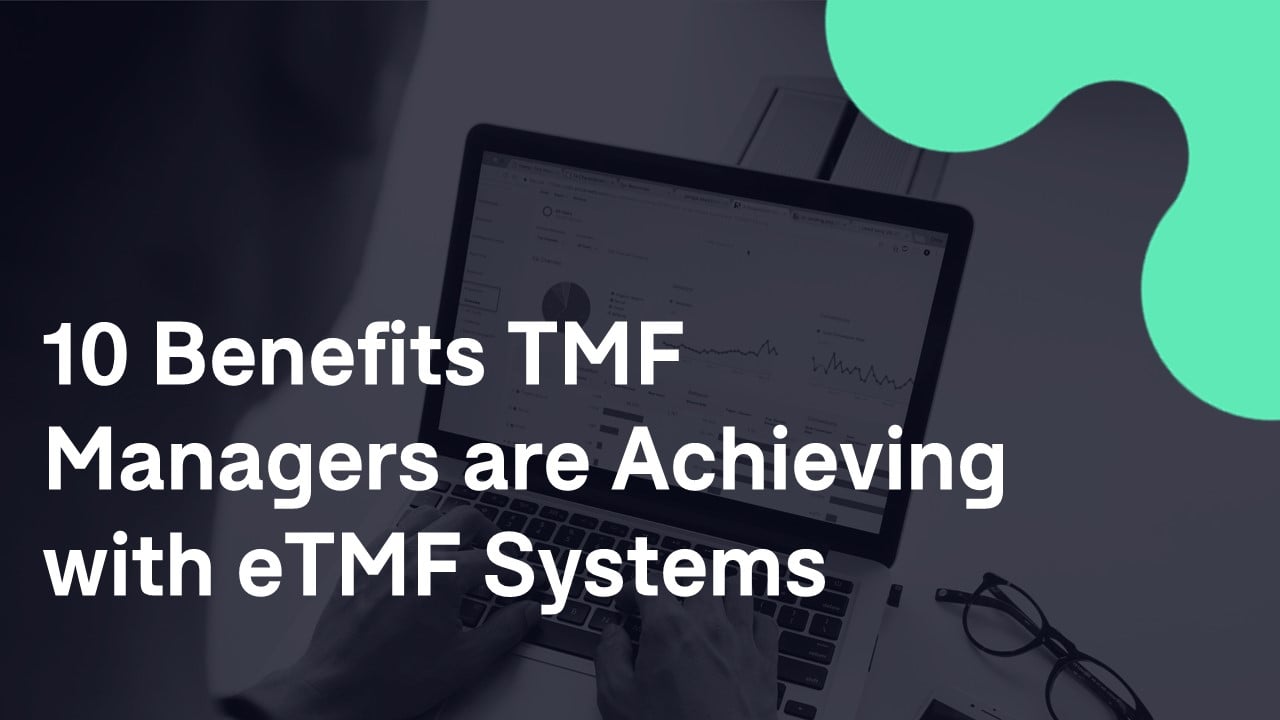
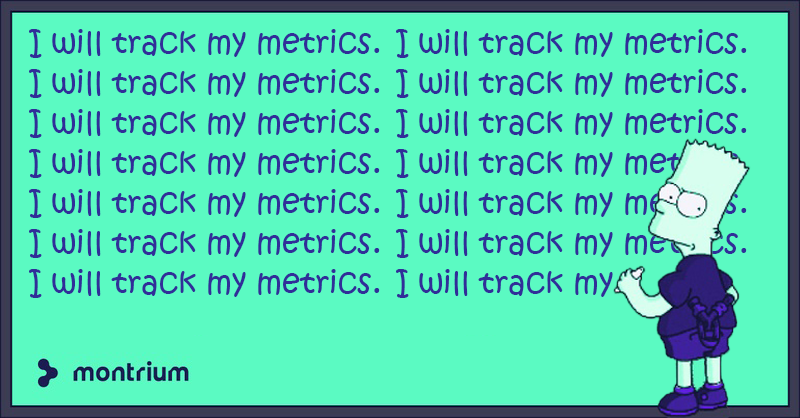

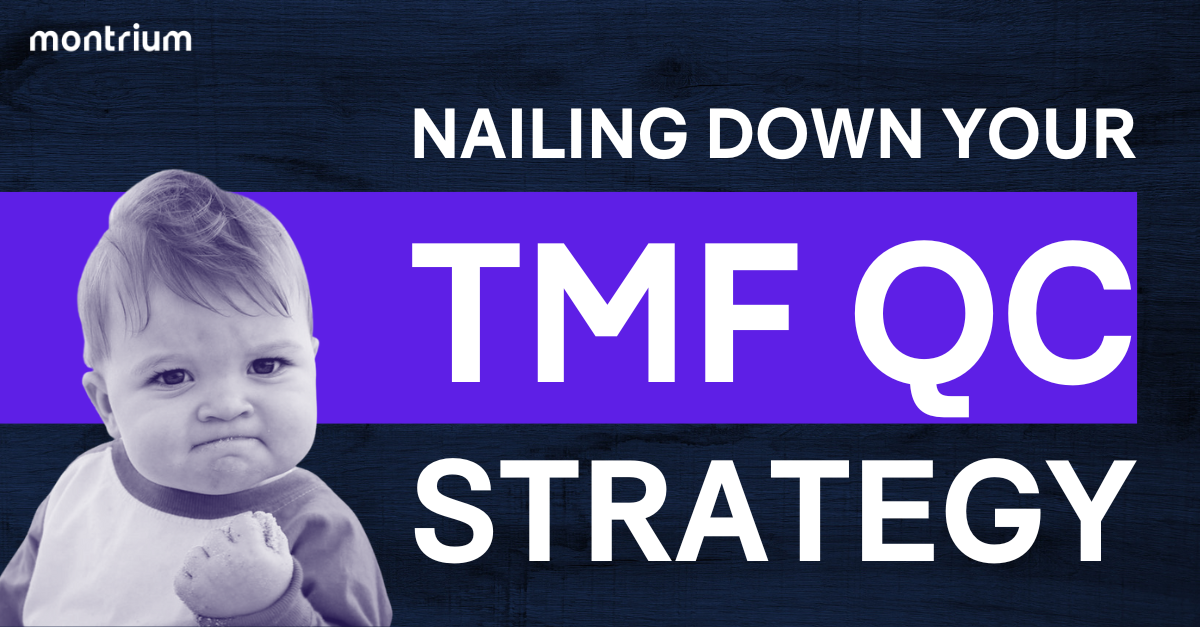
-1.png)
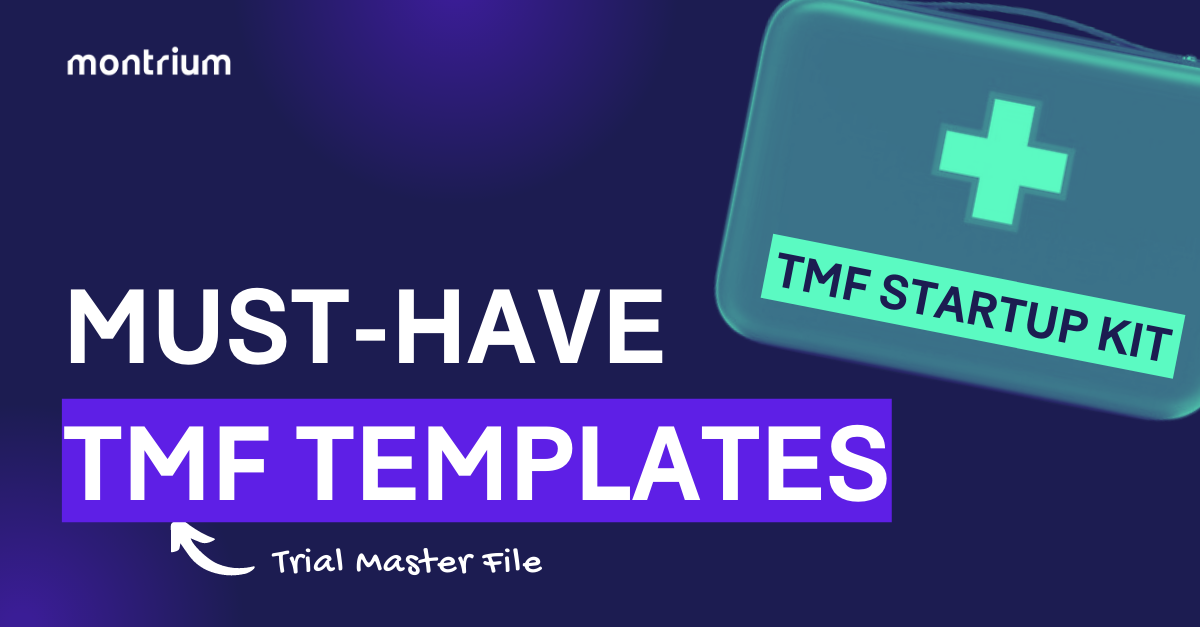
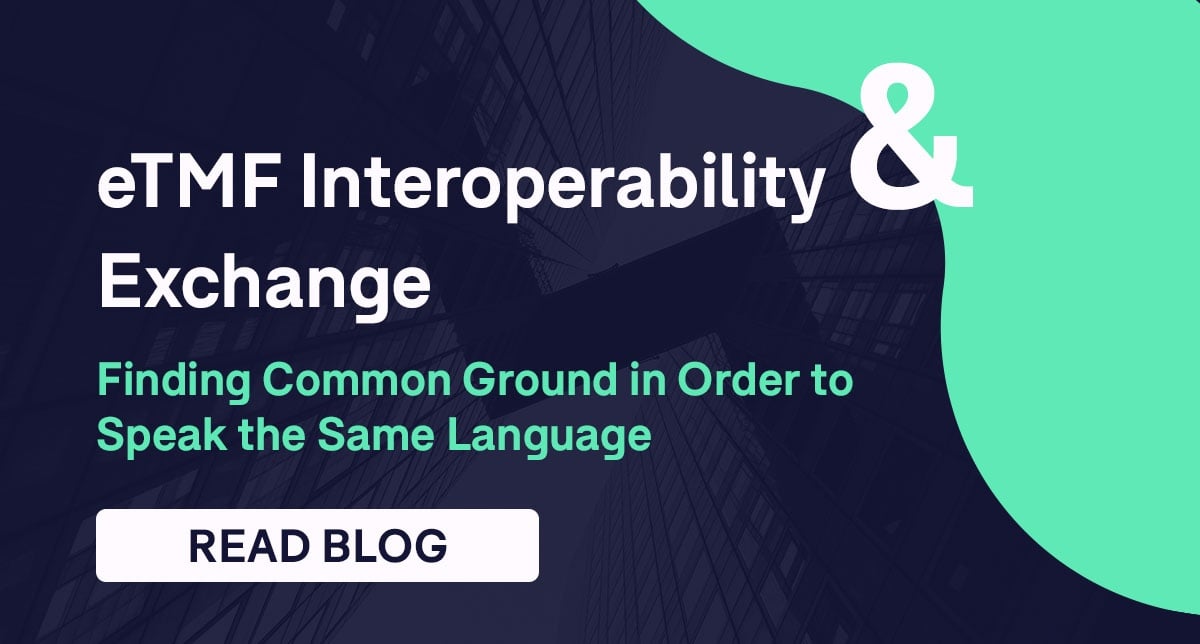
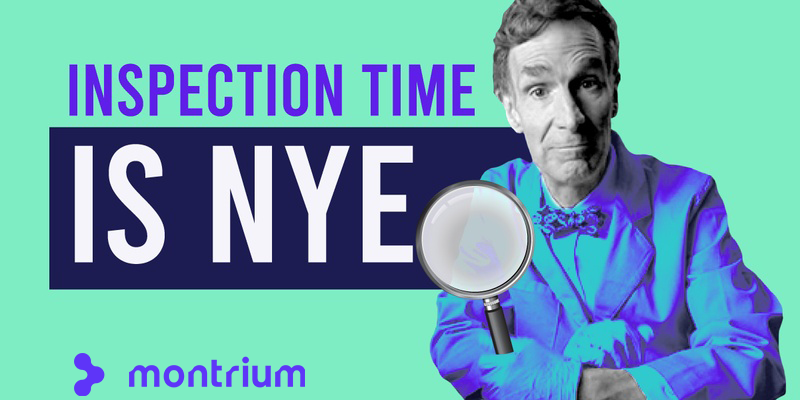
.png)
